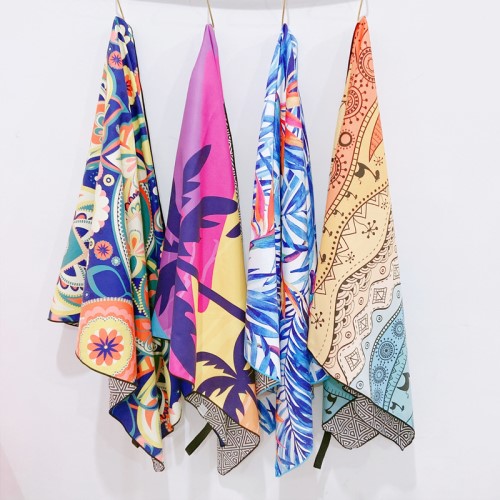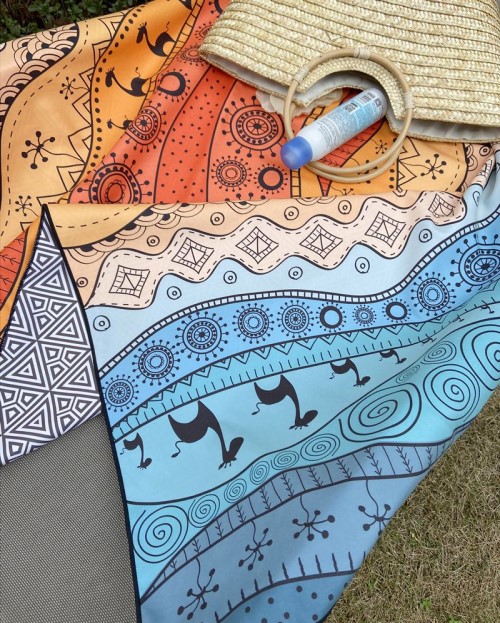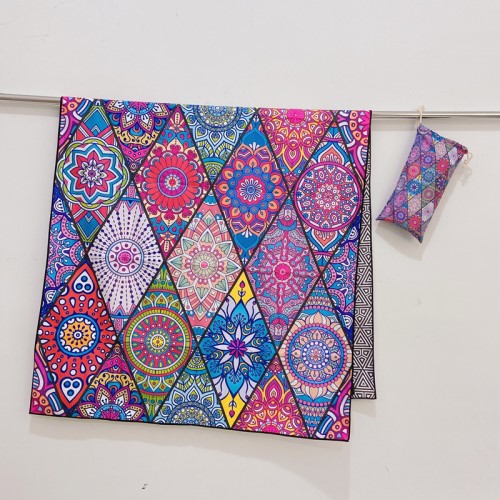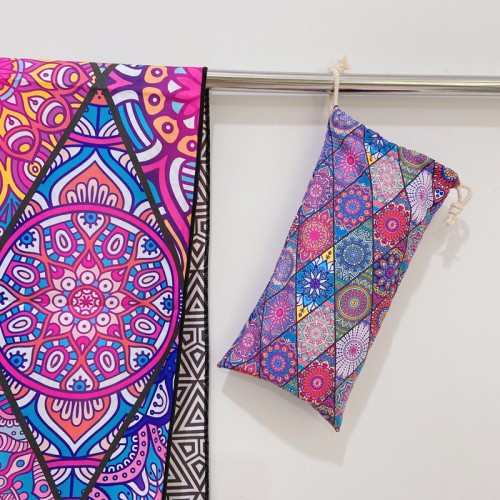What is microfiber fabric?
Most microfiber is made from polyester, but it can also be blended with nylon for added strength and waterproofing. Some are made from rayon, which has qualities similar to natural silk. Depending on the shape, size and combination of materials, the advantages of microfiber include its ability to possess different qualities, such as strength, softness, absorbency or water repellency.The production of these ultra-fine fibers began in the 1950s and Ultrasuede, also made of microfibers, was developed in the 1970s for easy-care fabrics for apparel and home fashion applications.
Today I want to introduce to you the double-sided velvet beach towel.
This kind of beach towel has been particularly popular in recent years because it does not stick to sand, is light, quick-drying and has a price advantage. Its size can be large, and both sides are smooth, which is more convenient for use. Print customer-customized patterns, and the colors of digital full-print printing are not easy to fade.
This kind of beach towel usually has an overlocking edge. Regarding the packaging, you can add some design, such as elastic or snap buttons, to make it easier to store and carry. The towel packaging bag can also be in a color and pattern that matches the towel, so if you If you are interested in this kind of towel, you can contact us
How to Wash and Care for Microfiber
Chlorine bleach should not be used when washing microfiber. Bleach or acidic cleaning solutions can damage the fibers.
Never use self-softening, soap-based detergents that will affect the properties of the fibers.
For cleaning cloths, washing after every use will prevent the dirt and debris collected by the cloth from scratching surfaces.
Skip the addition of fabric softener because the residue from fabric softener will clog up the fibers and make them less effective.
Fibers can actually melt at high temperatures and wrinkling can become nearly permanent
Post time: Dec-08-2023






